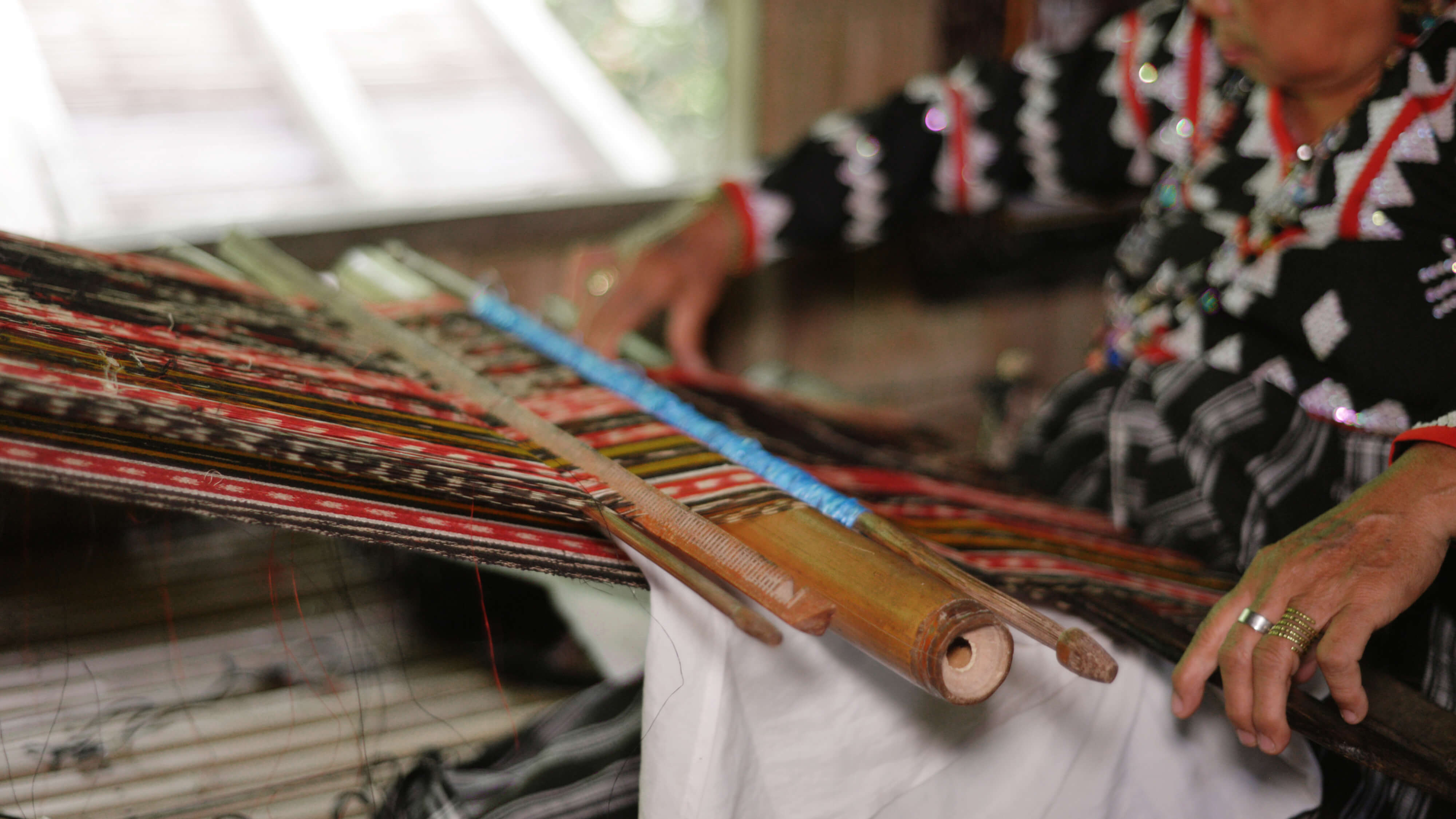Missoula’s artisan series winner. March 5, 2024 at 9:11 am. Missoula’s artisan series winner. March 6, 2024 at 10:16 am. I’m harvesting and canning green beans and making soap, but first… bread. For centuries, local artisans have used their skills and ingenuity to create exquisite pieces of art and functional objects using natural materials found in the region. In this article, we will take a journey through the visayas to explore its unique arts and crafts, its role in the culture, and how they have been adapted to fit modern times. Males are usually responsible for weaving and undertaking the remaining tasks necessary to produce the final product. The metaphor of fabric representing relationships exists beyond greek mythology and culture. Cambodian traditional silk ikat weaving was on the brink of extinction when a japanese craftsman kikuo morimoto found out about it and decided to master this craft. He created a community where artisans from different regions of cambodia live, work, and teach. These truly come alive with their coloured threads, fabric and ancient skills. Each piece of their work feels as though it has a story to tell, which is exactly what it does. The hmong tribal groups insist that a bit of their faith, belief and personal life has been woven into the fabric. Each piece they sell comes with a whole history behind it. Our next stop was the nagbacalan loomweavers, a group of artisans dedicated to preserving and upholding the abel iloko artistry. “abel” is the ilocano word for weave, and “inabel” refers to any kind of woven fabric, particularly of ilocano origin. A life woven with missoulian threads remembering a local artisan. This platform, a digital classifieds website, has revolutionized the way people interact within their local areas. The proposed service was called ‘weaving the threads’, to denote that the platform was based on relationships and cooperation within a community of textile artisans. Ikat weaving is a complex textile art that involves dyeing the threads before they are woven into fabric. The threads are tied and dyed in a way that creates a pattern once woven, a process known as resist dyeing. The result is a fabric with blurred, intricate patterns, often featuring bold, geometric designs.
